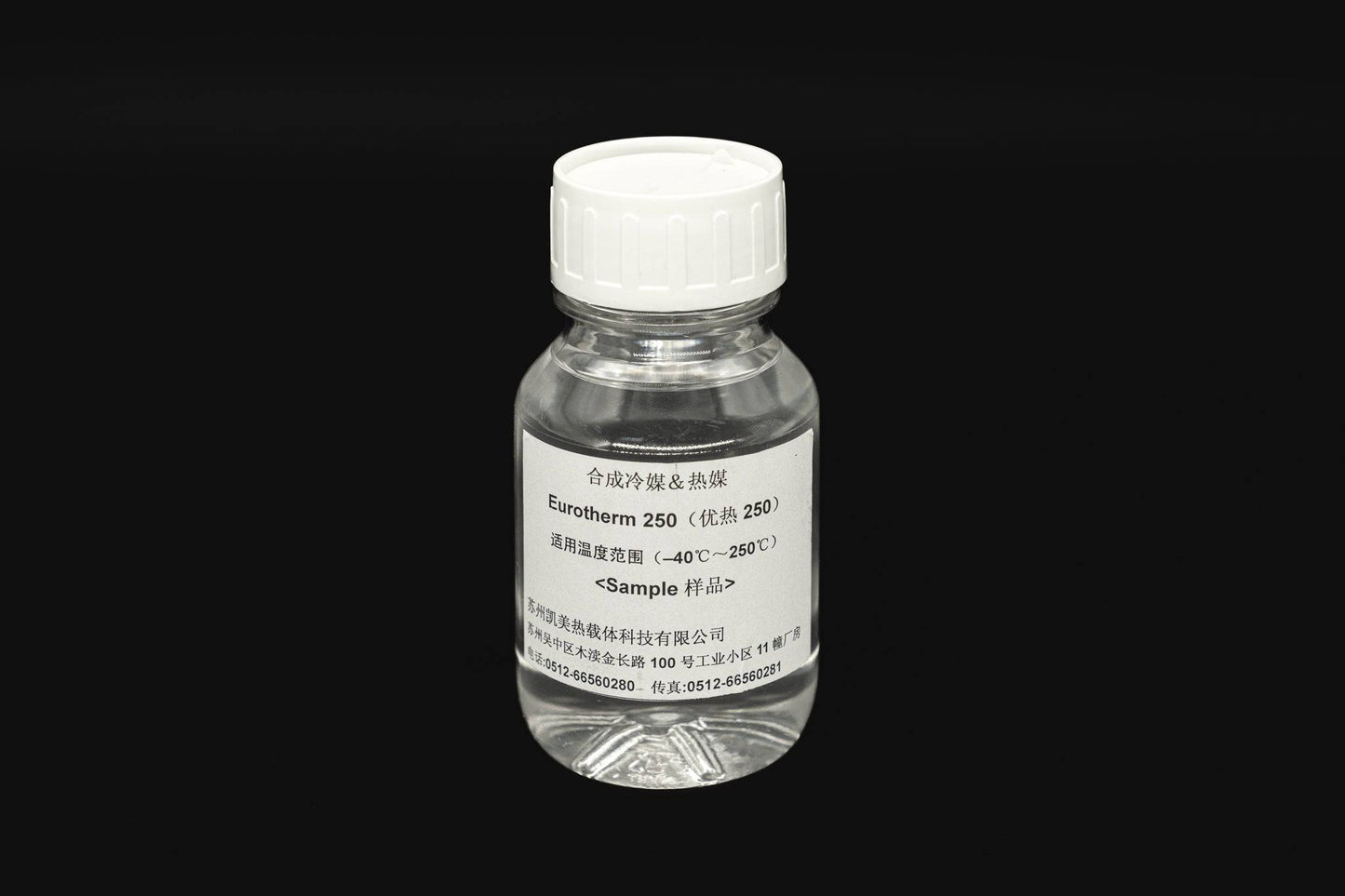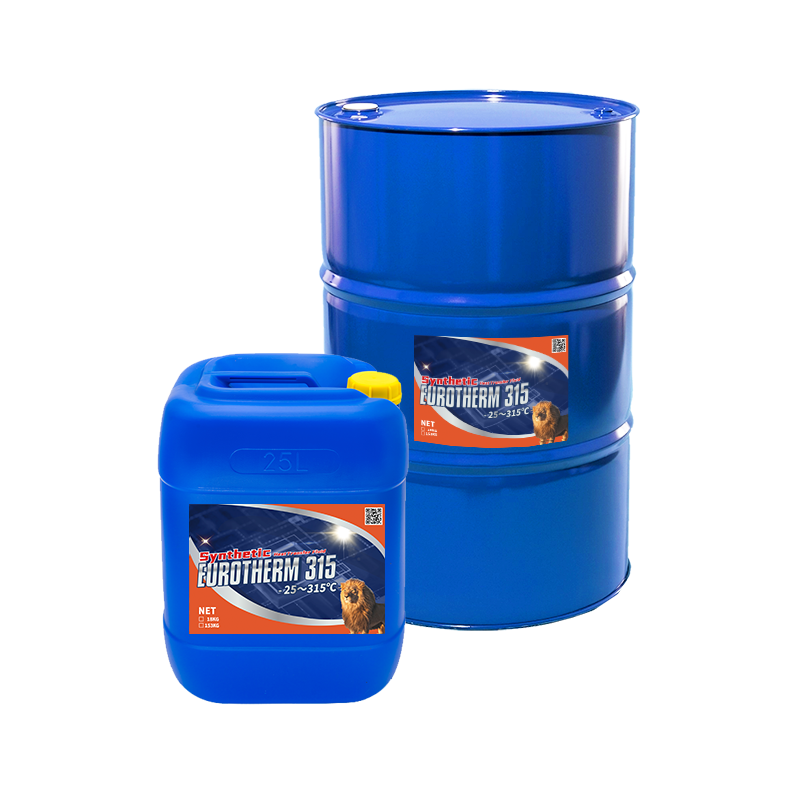The 30-Second Trick For Chemie
The 30-Second Trick For Chemie
Blog Article
Things about Chemie
Table of ContentsHow Chemie can Save You Time, Stress, and Money.An Unbiased View of ChemieNot known Factual Statements About Chemie Not known Facts About Chemie4 Easy Facts About Chemie Shown8 Easy Facts About Chemie Explained
By Bojanna Shantheyanda, Sreya Dutta, Kevin Coscia and David SchiemerDynalene, Inc. Liquid air conditioning, which can be attained using indirect or straight methods, is used in electronics applications having thermal power densities that might go beyond safe dissipation through air cooling. Indirect fluid air conditioning is where heat dissipating digital elements are literally separated from the fluid coolant, whereas in case of straight air conditioning, the components are in direct contact with the coolant.In indirect air conditioning applications the electrical conductivity can be crucial if there are leakages and/or spillage of the fluids onto the electronics. In the indirect air conditioning applications where water based liquids with deterioration inhibitors are generally utilized, the electric conductivity of the liquid coolant primarily depends upon the ion concentration in the liquid stream.
The increase in the ion concentration in a shut loophole fluid stream might happen as a result of ion seeping from steels and nonmetal elements that the coolant liquid is in contact with. Throughout operation, the electrical conductivity of the liquid may increase to a degree which could be unsafe for the air conditioning system.
The Chemie Statements
(https://giphy.com/channel/chemie999)They are grain like polymers that are qualified of trading ions with ions in a solution that it touches with. In today job, ion leaching tests were done with numerous steels and polymers in both ultrapure deionized (DI) water, i.e. water which is treated to the greatest levels of pureness, and low electric conductive ethylene glycol/water mix, with the gauged adjustment in conductivity reported in time.
The examples were allowed to equilibrate at space temperature level for 2 days prior to tape-recording the initial electrical conductivity. In all examinations reported in this study liquid electrical conductivity was determined to an accuracy of 1% utilizing an Oakton CON 510/CON 6 series meter which was adjusted prior to each dimension.
A Biased View of Chemie
from the wall home heating coils to the facility of the furnace. The PTFE sample containers were placed in the heater when consistent state temperature levels were gotten to. The test setup was gotten rid of from the heating system every 168 hours (7 days), cooled down to space temperature level with the electrical conductivity of the fluid gauged.
The electric conductivity of the fluid sample was kept track of for a total of 5000 hours (208 days). Figure 2. Schematic of the indirect shut loop cooling down experiment set-up - silicone synthetic oil. Table 1. Components made use of in the indirect shut loophole cooling down experiment that touch with the fluid coolant. A schematic of the experimental configuration is revealed in Figure 2.

The 10-Minute Rule for Chemie
During operation the fluid tank temperature was kept at 34C. The adjustment in liquid electrical conductivity was kept an eye on for 136 hours. The fluid from the system was collected and saved. Likewise, closed loophole test with ion exchange resin was performed with the exact same cleaning treatments employed. The preliminary electrical conductivity of the 230ml UP-H2O in the system measured 1.84 S/cm.

0.1 g of Dowex resin was contributed to 100g of liquid examples that was taken in a separate container. The mix was stirred and transform in the electrical conductivity at area temperature was measured every hour. The gauged adjustment in the electric conductivity of the UP-H2O and EG-LC examination liquids containing polymer or metal when involved for 5,000 hours at 80C is shown Figure 3.
An Unbiased View of Chemie
Number 3. Ion seeping experiment: Calculated modification in electrical conductivity of water and EG-LC coolants having either polymer or steel samples when immersed for 5,000 hours at 80C. The results show that steels added less ions into the fluids than plastics in both UP-H2O and EG-LC based coolants. This can be as a result of a thin metal oxide layer which may work as a barrier to ion leaching and cationic diffusion.
Liquids including polypropylene and HDPE showed the most affordable electrical conductivity modifications. This could be because of the brief, rigid, straight chains which are much less likely to contribute straight from the source ions than longer branched chains with weak intermolecular forces. Silicone additionally carried out well in both examination liquids, as polysiloxanes are usually chemically inert due to the high bond power of the silicon-oxygen bond which would stop degradation of the material right into the liquid.
Chemie Can Be Fun For Anyone
It would certainly be expected that PVC would produce similar outcomes to those of PTFE and HDPE based upon the similar chemical structures of the products, however there might be other pollutants present in the PVC, such as plasticizers, that might influence the electrical conductivity of the fluid - dielectric coolant. In addition, chloride groups in PVC can additionally seep into the examination fluid and can create a rise in electrical conductivity
Buna-N rubber and polyurethane showed indications of deterioration and thermal decay which recommends that their feasible utility as a gasket or sticky material at higher temperatures could result in application issues. Polyurethane completely broke down right into the examination liquid by the end of 5000 hour examination. Number 4. Before and after photos of steel and polymer samples immersed for 5,000 hours at 80C in the ion leaching experiment.
Measured change in the electric conductivity of UP-H2O coolant as a feature of time with and without resin cartridge in the shut indirect cooling loop experiment. The gauged modification in electric conductivity of the UP-H2O for 136 hours with and without ion exchange resin in the loophole is revealed in Number 5.
Report this page